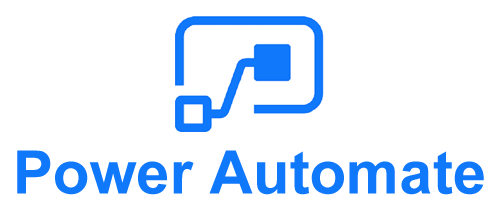

But the downside is that you need to manage yet another piece of crucial software: the gateway software. Here is how it looks within Power Automate: Within Power Automate, you can now reach back to your on-premises Power Automate Desktop installations and have them run one of your desktop-based automation – this is the RPA part that can be either attended or unattended. No further config necessary for Power Automate.

You authenticate to Power Platform and that’s it. Setup is easy – you designate a server (or a workstation), and deploy it there. The same gateway works for Power BI, Power Apps, Power Automate (+ Desktop), Azure Analysis Services, and Logic Apps.

It’s a small service, that connects back to Power Platform, and listens for requests to and from Power Automate.


 0 kommentar(er)
0 kommentar(er)
